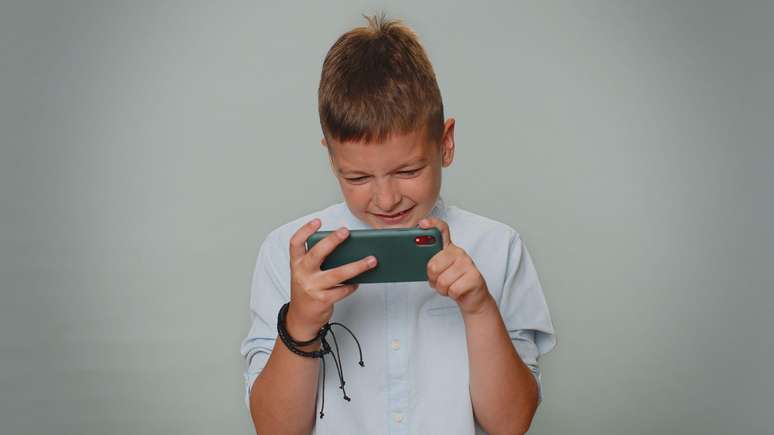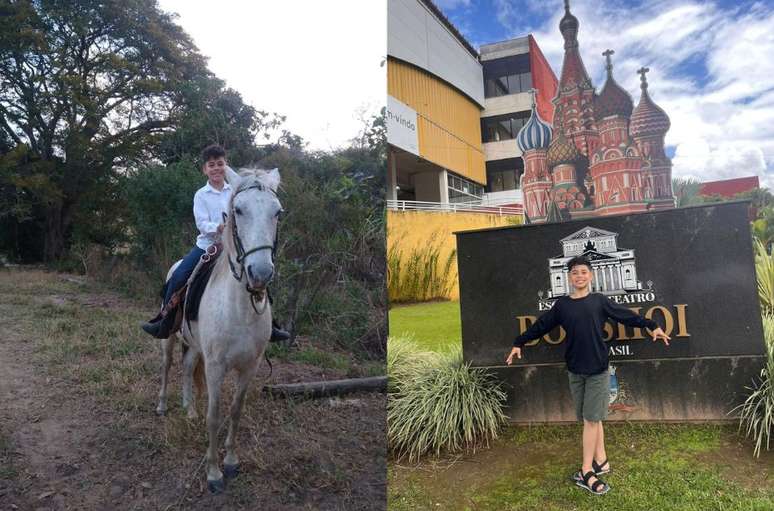Studies show the key factors that motivate young people to participate in a challenge.
html[data-range=”xlarge”] figure image img.img-0f86e47e5ea415b715fd0e950f63b056vqx2vlf5 { width: 774px; height: 435px; }HTML[data-range=”large”] figure image img.img-0f86e47e5ea415b715fd0e950f63b056vqx2vlf5 { width: 548px; height: 308px; }HTML[data-range=”small”] figure image img.img-0f86e47e5ea415b715fd0e950f63b056vqx2vlf5, html[data-range=”medium”] figure image img.img-0f86e47e5ea415b715fd0e950f63b056vqx2vlf5 { width: 564px; height: 317px; }HTML[data-range=”small”] .article__image-embed, html[data-range=”medium”] .article__image-embed {width: 564px; margin: 0 automatic 30px; }
Social media challenges are very varied, both in the stunts they involve and the reasons why people perform them.
But why do teenagers accept challenges that put their health, well-being, and occasionally their very lives at risk?
Professors Kapil Chalil Madathil, an engineer specializing in understanding how humans interact with computers, and Heidi Zinzow, a psychologist with expertise in mental health, traumatic stress and suicide, have conducted a series of research on the topic.
Together with their research team, they have conducted studies to try to understand what motivates adolescents and young people to participate in different challenges.
For these studies, conducted between January 2019 and January 2020, they interviewed dozens of high school and college students in the United States and southern India who participated in social media challenges.
They also analyzed 150 news stories, 60 public YouTube videos, more than a thousand comments on those YouTube videos, and 150 Twitter posts, all specifically about the “blue whale challenge.” This challenge, which was much talked about in 2015 and 2016, was reported as involving progressively more intense acts of self-harm culminating in suicide.
We identified four key factors that motivate young people to participate in a challenge: social pressure, the desire for attention, entertainment value and a phenomenon called the “contagion effect”.
1. Social pressure
Social pressure typically arises when a friend encourages another friend to do something and the person believes that he or she will gain acceptance within a certain social group if he or she does what is expected of him or her.
Participation in challenges that promote a good cause, such as the “ice bucket challenge”, is often the result of direct encouragement. Participants in this challenge, for example, completed the task and then publicly nominated others to do the same.
However, young adults who took part in riskier challenges primarily wanted to feel included in a group that had already participated in a specific challenge.
This was the case with the “cinnamon challenge,” where participants quickly smelled cinnamon and sometimes suffered lung damage and infections. For example, 38% of survey participants who undertook this challenge acknowledged that they were seeking peer acceptance rather than being motivated to participate for more individual reasons.
“I think I participated because everyone I went to school with was participating at the time,” said one student who thought the challenge was popular among his peers. “And I realized it had to be interesting in some way if everyone was doing it.”

2. Craving for attention
One attention-seeking behavior noted only among “ice bucket challenge” participants was the desire to be recognized for supporting a worthy cause.
However, attention-seeking behavior observed among adolescents and young adults often led participants to perform a more dangerous version of a challenge. This included accepting the risks associated with the challenge for longer than other participants.
For example, one participant in the “cinnamon challenge” swallowed ground cinnamon longer than his peers.
“(The reason) was definitely my colleagues and, like I said, the attention,” the young man said. “It was because I saw other friends posting videos and seeing who could complete the challenge the longest.”
3. Entertainment
Many young people participated in the challenges for fun and curiosity. Some were intrigued by the possible reactions of people watching their performance.
“It sounded fun and, personally, I liked the artist singing the song,” said one “Kiki Challenge” participant.
It involved dancing while hanging from the side of a moving car to the beat of the music. In my feelingsof the American singer Drake.
Others were interested in experiencing the sensations associated with performing the challenge. They wondered if their reactions would be the same as other people who had observed the challenge.
One participant said it was “mostly curiosity” that motivated him to participate in the “cinnamon challenge.”
“Seeing other people’s reactions, I wanted to see if I would have the same reaction,” he said.

4. Contagion effect
Challenges, even those that seem benign, can spread quickly through social media. This is due to the contagion effect, whereby behaviors, attitudes and ideas spread from person to person.
The way content creators describe these challenges on social media also contributes to the contagion effect, encouraging others to participate.
After analyzing digital media content related to the “blue whale challenge,” we found that YouTube videos about this challenge often violated the Suicide Prevention Resource Center’s nine recommendations. This means that the posts had risk factors that could encourage the spread of harmful behavior.
Specifically, of the 60 YouTube videos analyzed on the “blue whale challenge,” 37% adhered to fewer than three guidelines, classifying them as unsafe.
The most commonly violated recommendations involved failure to avoid detailed or glorified depictions of suicide and its victims, failure to describe resources for those needing help, and failure to emphasize effective mental health treatments.
The research also explored how participants viewed challenges after agreeing to participate. Half of those who took part in a risky challenge said that if they had understood the physical danger or potential risk to their social image, they would have chosen not to participate.
“I wouldn’t have done the ‘cinnamon challenge’ if I’d known someone ended up in hospital because of it,” one interviewee told us.
Based on the study, it can be concluded that if more information about the potential risks of social media challenges were offered to students in schools, communicated to parents and shared on social media, adolescents and young adults would reflect more and make better decisions. informed. This may even dissuade them from participating.
*Heidi Zinzow is a professor of psychology at Clemson University, United States. Kapil Chalil Madathil is a professor of civil and industrial engineering at Clemson University.
**This text was originally published on the science news site The Conversation and is reproduced here under a Creative Commons license. Read the original version here (in English).
Source: Terra
Ben Stock is a lifestyle journalist and author at Gossipify. He writes about topics such as health, wellness, travel, food and home decor. He provides practical advice and inspiration to improve well-being, keeps readers up to date with latest lifestyle news and trends, known for his engaging writing style, in-depth analysis and unique perspectives.



-1ibeskywkh3z8.png)




